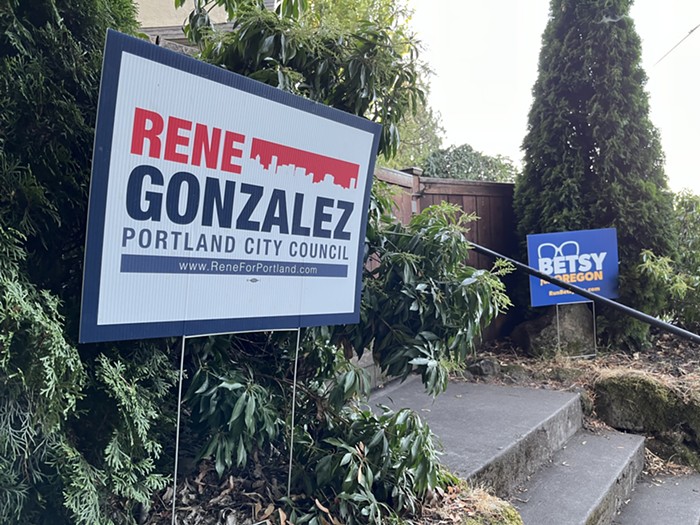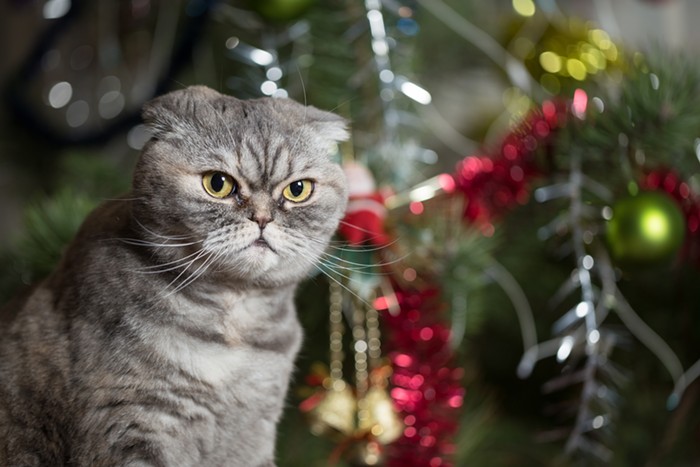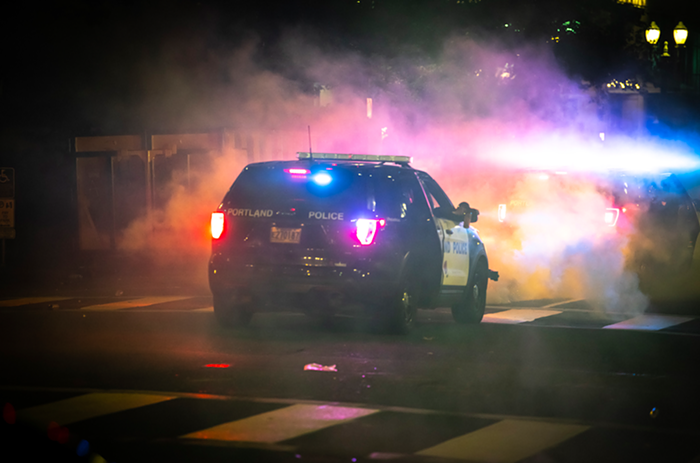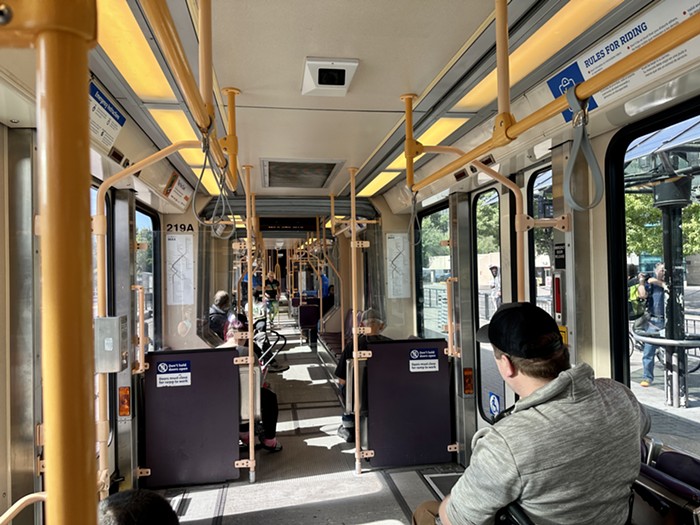When Guestroom opened beneath the Wonder Ballroom last January, the gallery set itself apart with a novel idea. As its name implies, each exhibition would be guest-curated by a local artist. But the payoff of this approach remained to be seen until grey/area, curated by TJ Norris. In his own work, Norris relies on the graceful juxtaposition of multiple photographic images as well as disparate media to create meaningful resonance for a viewer. Such a sensibility makes him a logical fit as a curator, and that grey/area works is a credit to Norris' thoughtful organization.
Of the 26 pieces in the show, none stand out as head and shoulders above the rest; rather, they work together as complements, strengthening the experience of viewing the body of work as a whole. Part of this coherence can be attributed to the highly controlled color palette. With few exceptions, the works are rendered in white, gray, and black. When they deviate, the colors are still cool and muted, such as the washed-out, earthen tones in Scott Wayne Indiana's painting "The Diamond Cutter."
While Norris' selections do represent a satisfying body of work, there are natural standouts. Three slight drawings by Ty Ennis show growth since his impressive solo show at the New American Art Union last year. In "Portrait of the Artist as the Ghost of Sarah Jane Palmer," Ennis mixes graphite, ink, and watercolors with his signature delicacy. Grayish watercolor blotches form the subject's face while wispy yet precise lines create a ghostly frame in varying degrees of detail.
Laura Fritz's sculpture "Illuminant" includes two flat, translucent forms that could either be as repulsive as sun-melted plastic or as mesmerizing as fragile sheets of ice. Presented on a mirrored surface, though, her sculpture takes on a deceptive hall-of-mirrors majesty, as the two forms and glints of light multiply in the reflection.
Norris could have strengthened the show, though, by excluding Daniel Duford's sketches and sculpted figurine from his "The Naked Boy" series. Unlike the light touch of Ennis' figuration, Duford's bold comic book-inspired illustrations seem out of step with the other artists' meditations on surface and detachment. Still, this is a minor flaw for a show that so successfully cultivates an even and atmospheric aesthetic.












